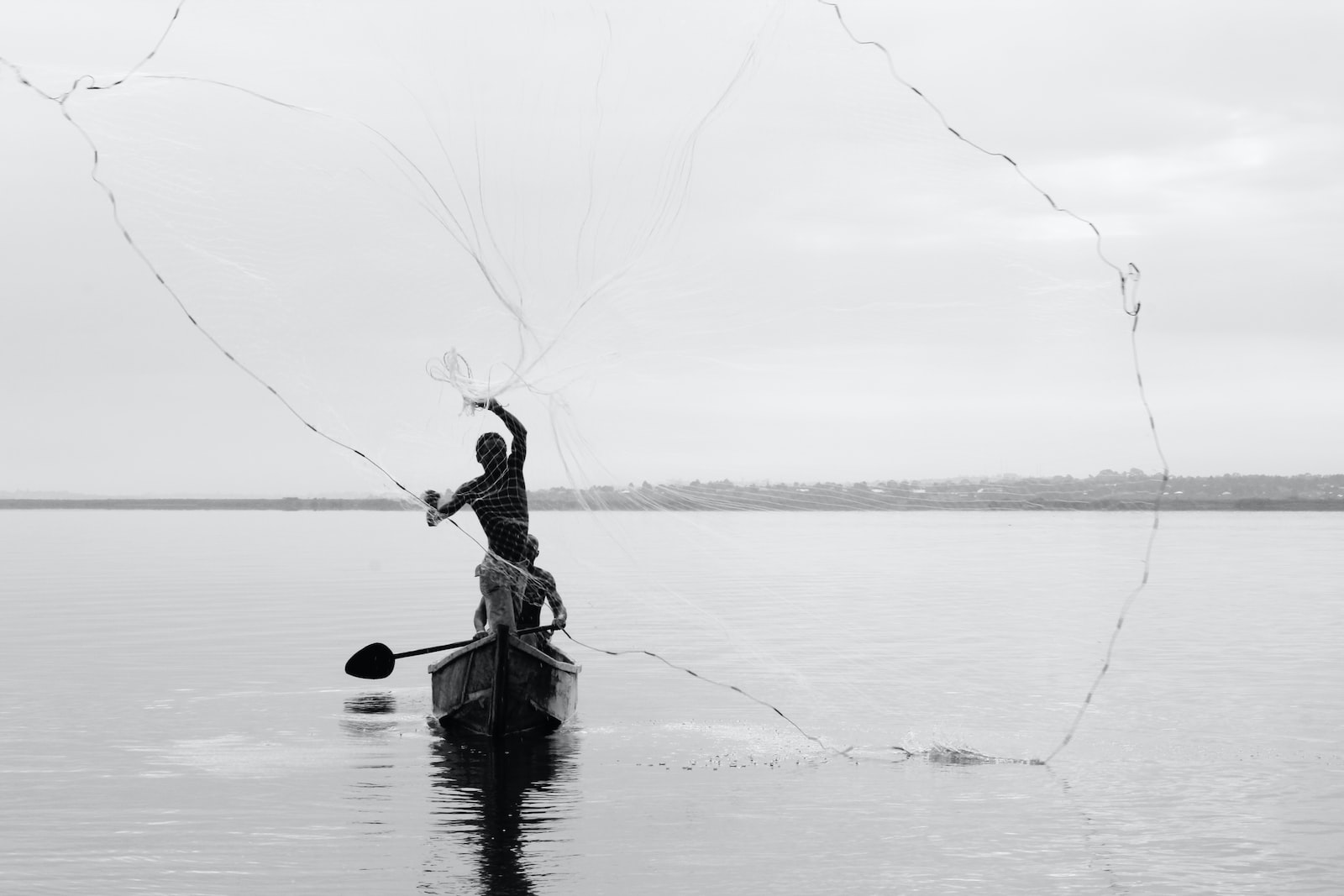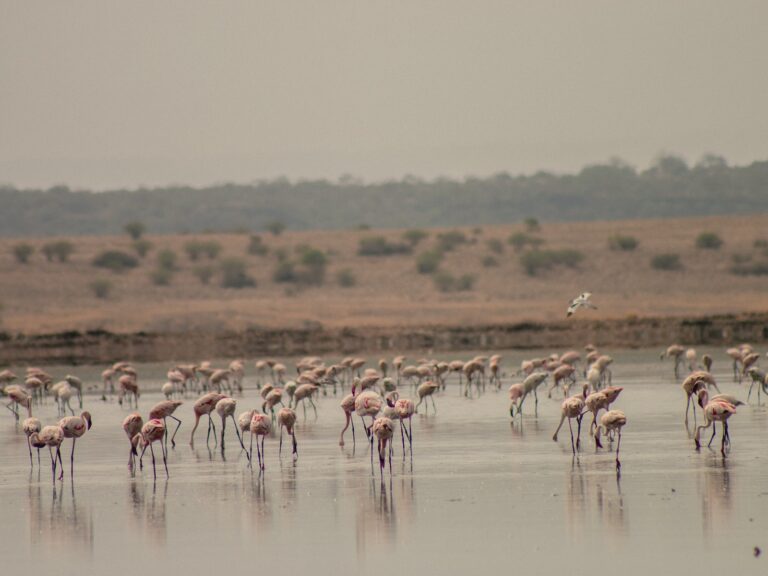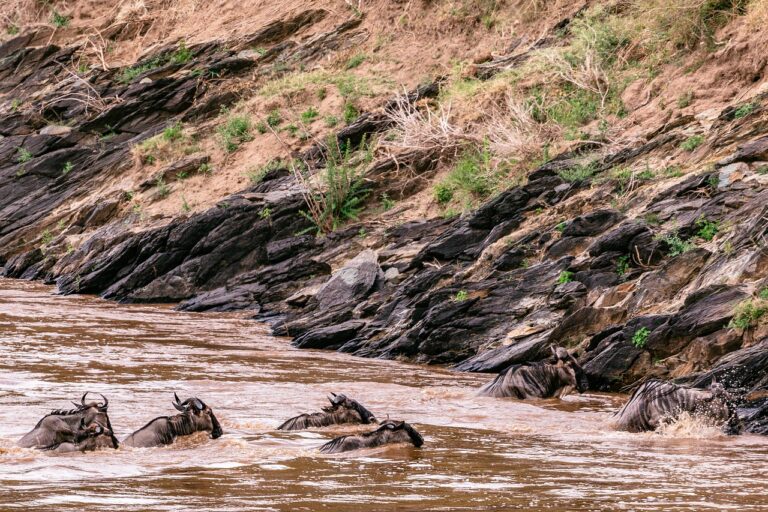The vast and majestic Lake Victoria, with its crystal clear waters and abundant natural beauty, is a vital resource for the countries of East Africa. It is the largest lake in the African Great Lakes region, and Kenya, Uganda, and Tanzania share its shores. Not only is Lake Victoria a stunning natural wonder, but it is also an important economic and social resource for the region.
The lake’s massive fisheries provide a livelihood for millions of people, while its vast size and strategic location make it a vital transportation route and source of hydropower. However, Lake Victoria faces several challenges that threaten its health and sustainability, including pollution, overfishing, and the impacts of climate change. In this blog, we will explore the beauty and importance of Lake Victoria and discuss the efforts being made to protect and sustainably manage this invaluable resource.
The Natural Beauty of Lake Victoria
The beauty of Lake Victoria is truly breathtaking, with its crystal clear waters and diverse ecosystem. The lake’s surface area of 68,800 km2 and average depth of 40 meters gives it a grand and expansive feel, making it a popular destination for tourists and recreational activities such as boating and sport fishing. The lake is home to a wide variety of plant and animal life, including hundreds of species of fish found nowhere else in the world.
The lake’s ecosystem is diverse and varied, with lush vegetation along its shores and a variety of birds, crocodiles, and hippopotamuses living in and around the lake. The lake’s wetlands are also an important habitat for many species, providing a suitable home for many plants and animals. Overall, the physical beauty of Lake Victoria is undeniable, making it a truly unique and valuable resource for the region.
The Economic and Social Importance of Lake Victoria
Lake Victoria is not only a stunning natural wonder, but it is also a vital economic and social resource for the region. The lake’s massive fisheries are the largest in the world, producing one million tons of fish per year and providing employment for around 200,000 people. These fisheries support the livelihoods of millions of people and generate significant regional export earnings. In addition to its fisheries, Lake Victoria plays a key role in transportation, serving as a vital link between the East African states and providing a reservoir for hydropower stations.
The lake is also an important water source for industrial and domestic use and regulates the local climate. Beyond its economic value, Lake Victoria is also a vital social resource, providing high-quality fish protein to millions of people in the basin. The region around the lake also offers potential for tourism and recreational activities, such as sport fishing, boating, and cruising safaris. Overall, Lake Victoria is an invaluable resource for the region, and its economic and social value cannot be overstated.
Challenges to the Health of Lake Victoria
Despite its vital importance to the region, Lake Victoria faces several challenges threatening its health and sustainability. Pollution is a major concern, as it can harm the lake’s water quality and its ecosystem. Pollution can come from various sources, including deforestation, land use change, wetland degradation, and discharge from urban areas, industries, and farmlands. Overfishing is also a problem, as it can deplete the lake’s fish populations and disrupt the productivity of the fisheries.
Introducing invasive species like the Nile Perch and the water hyacinth has hurt the lake’s ecosystem. And, like all bodies of water, Lake Victoria is not immune to the impacts of climate change, including rising temperatures and changing rainfall patterns. If these challenges are not addressed, they could have serious consequences for Lake Victoria’s long-term health and sustainability.
Efforts to Protect and Sustainably Manage Lake Victoria
Several efforts have been made to protect and sustainably manage Lake Victoria and its resources. National institutions in the countries along the Nile River and within the Lake Victoria basin, such as the East African Community, the Lake Victoria Basin Commission, and the Lake Victoria Fisheries Organization, have shared information and coordinated resource management. International organizations and funding agencies, such as the World Bank and the European Union, have supported resource management efforts in the region through projects such as the Lake Victoria Environmental Management Project (LVEMP) and the Implementation of a Fisheries Management Plan (IFMP). However, these efforts have faced challenges, including infrequent and limited funding and weak local implementing institutions.
There are also national policies and regulations in place to guide the development and management of natural resources and the environment in the countries of the Lake Victoria basin. These include regional practices for sustainable development of the basin and a convention for sustainable development of the fisheries of Lake Victoria. The Lake Victoria Basin countries are also parties to international policies, including conventions on sustainable development and conservation of natural resources and Agenda 21, which requires members to promote sustainable management of natural resources. However, there have been challenges with enforcing these regulations, partly due to limitations in the national government’s ability to carry out the policies and regulations.
Some management efforts have focused on controlling overfishing by limiting the type and size of fishing gear, the size of fish that can be caught, the length of the fishing season, and the permitted fishing areas. However, these efforts have had limited success due to an open-access fisheries policy in the region. There have also been efforts to control nutrient enrichment and pollution by planting trees and protecting wetlands. Still, these have had limited impact due to continued land use and expansion of urban areas.
The infestation of the water hyacinth in 1989 was contained, but the plant remains a permanent part of the ecosystem. It can potentially cause another infestation if water pollution is not controlled.

Climate change is also a major concern for the Lake Victoria region, and national and regional policies have been put in place to address the impacts of climate change and guide adaptation and mitigation measures. However, these policies have not yet been effectively implemented on the ground. Water levels in the lake have been dropping since 1960 due to climate changes. Climate warming has triggered ecosystem changes, increasing water pollution and lake productivity since the 1970s. Dams built along the rivers flowing into and out of the lake provide much-needed power for the numerous urban areas in the basin. Still, these dams also regulate water flow, which can affect water balance, lake biodiversity, and migratory fishes. There have also been conflicts related to resource access between the countries sharing the lake.
Conclusion
Lake Victoria is an important natural and economic resource for the region, providing livelihoods for millions of people through its fisheries, serving as a transportation route and source of hydropower, and offering the potential for tourism and recreational activities. However, the lake and its resources face several challenges, including pollution, overfishing, invasive species introduction, and climate change impacts. To ensure the long-term sustainability of Lake Victoria and its resources, it is important to address these challenges and take a comprehensive approach to resource management.
This will require the cooperation of national and regional institutions, international organizations, and funding agencies. It will also require the involvement of local communities, which play a crucial role in resource management. It is important to establish ongoing funding sources that will allow management efforts to continue over the long term and to develop policies and regulations that are effectively enforced. By working together and taking a holistic approach to resource management, it is possible to protect and sustainably manage Lake Victoria for future generations.







